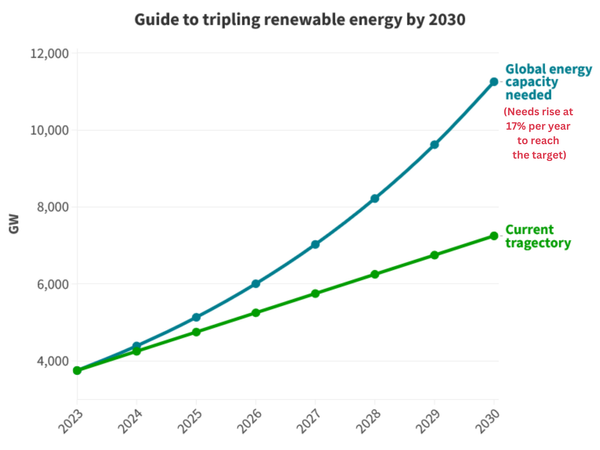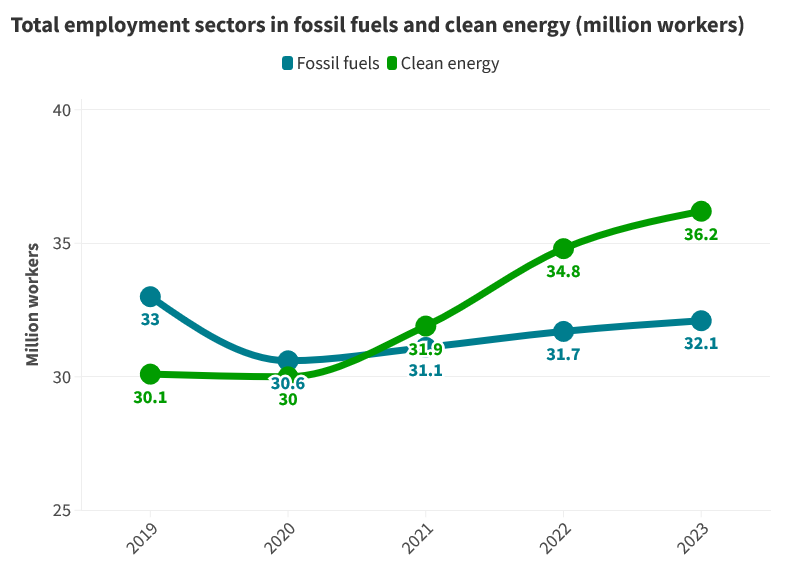COVID-19 masks: The environmental impact revealed
Going out of the house without a mask feels strange now, doesn’t it? COVID-19 has drastically changed the way we live our life. However, being an Environmentalist, I couldn’t help but think about the impact on our environment our new lifestyle may have caused.

Going out of the house without a mask feels strange now, doesn’t it? COVID-19 has drastically changed the way we live our life. However, being an Environmentalist, I couldn’t help but think about the impact on our environment our new lifestyle may have caused.

As I do the mental calculation of environmental impacts, my mind runs through the life cycle of the masks and pictures of countless masks that are shown on TV being abandoned carelessly on the seaside.
Life with a mask
At the beginning of the pandemic when supermarkets ran out of basic necessaries, such as toilet paper, I thought the end of the world was coming. Soon, toilet papers were sold at 10 times higher on Amazon than it would normally cost. That was already a sign that it would take a long time before life would become normal again.
Personalized face masks became new trends. But while we were rushing to fight COVID and save human health, very little attention was given to the environmental impact as a result. I don’t blame them though. It was all about prioritizing the tasks. At that time, the health effects of COVID seemed more urgent than the environment.
About 129 billion face masks are used every month globally -- that is, 3 million a minute. Once we produce the things, it has to go somewhere unless we use the golden rule of 3Rs- Rethink, Reuse and Recycle. Even so, at some point, the materials will lose their preferred properties and will have no more use in the system. That means they will be regarded as waste. The more we use stuff, the more waste we produce. A research team at MIT discovered that much of about 7,200 tons of waste every day in the medical field are disposable masks. The team realized that a new N95 mask for each patient during the first six months of the pandemic required about 7.4 billion masks, equivalent to $6.4 billion and 84 million kg of waste.
How masks are produced
Face masks, in general, are produced in a series of steps: raw material sourcing, welding, cutting, ear loops attaching, sterilization, and packing, with an in-depth inspection between each step. A mask has polypropylene as its base material. However, some surgical masks also comprise polycarbonate, polyester, polyethylene, and/or polystyrene.
A mask generally consists of three layers: external non-woven hydrophobic layer, melt-blown mid-layer, and non-woven adsorbing inner layer. The highly recommended mask, N95 consists of four layers: an outer layer of spun-bond polypropylene; the second layer of cellulose/polyester; the third layer of melt-blown polypropylene filter material; and the inner layer of spun-bound polypropylene. The filter materials and the nose piece are pressed with automated machines.
Ear loops are cut from elastic straps and are stuck to the masks by a welding tool. For sanitization, the masks are sterilized for ~ 20 min in a sterilization chamber at high ozone concentration. The sterilized masks are then packed, packaged, and stocked.
Different masks, different impacts
A sudden increase in the usage of gloves, face masks, hand sanitizer bottles, and syringes due to the COVID pandemic has added an extra load of plastic waste onto what is already there. Just talking about the face masks, people used whatever they could as a mask at the beginning of the pandemic— clothes, shawl, collar roll, hands, just about anything as long as they were covering the bottom part of the face. But as strange as COVID was, so was its communicability. Later, health sectors realized that not all kinds of masks work. As of writing this article, three types of face masks are accepted: surgical masks, FFP2, and N95 masks.
Surgical masks are European Standard EN 14683:2019 and ASTM F2100-11 approved face masks. They have fluid resistance and large droplet and slash protection properties. On the other hand, N95 respirator masks are European Standard EN 149:2001 and NIOSH 42CFR84 approved face masks. They have protective properties against airborne particles (aerosols, large fluid droplets, etc.) although they can be slightly uncomfortable compared to surgical masks.
As face masks are made from petroleum-derived, non-biodegradable polymers; and their manufacturing process comprises intensive multiple steps of process, it contributes to greenhouse gas emissions. Production of one mask consumes about 10-30 Wh energy. In terms of greenhouse gas emission, one N95 mask releases 50 g CO2-eq, excluding the transportation during production. Surgical mask has an emission tag of 59 g CO2-eq per mask, with the highest contribution from transportation. Whilst, a single fabric mask production contributes about 60 g CO2-eq.
Still, the major problem arises at the end-of-life stage of the masks. The lack of proper disposal guidelines and also because the majority of people do not follow suitable waste disposal practices has resulted in enormous destruction to the environment.
Environmental impacts
Most plastics in a face mask are non-biodegradable, chemically stable, and corrosion-proof – due to which they persist in soil for a long period. Inefficient ways of collecting solid wastes, which comprise the face masks and their plastic constituents, have exacerbated the landfilling and street dumping malpractices.
A study conducted in the UK analyzed that if one person uses one disposable mask every day for a year, this would result in creating more than 124,000 tons of plastic waste that cannot be recycled, 66,000 tons of contaminated waste and 57,000 tons of plastic packaging. With the amount of waste produced, complete disposal of face masks has become challenging as it lacks proper mask disposal method.
In the same study, a survey was carried out to understand the disposal strategy with six general options: 1) mixed waste bin; 2) hazardous waste bin; 3) incineration/burn; 4) flush in toilets; 5) wash and throw away in mixed waste bin; and 6) throw away to landfill. Here are the results:
Dispose in mixed waste bin = 34%
Dispose in hazardous waste bin = 11%
Throw away = 19%
Wash and dispose the mask = 12%
Incineration/Burn = 10%
Flush in toilets = 3%
The above results show that mask disposal still comes with wider choices, most of them definitely not preferred and has the potential to create the environmental issues. This also means excess use of face masks impacts the environment by increasing the risk of hazardous solid waste mismanagement, emission of greenhouse gases, microplastic leaching, and bioaccumulation of toxic chemicals in the natural environment.
Discarding face masks as waste in the water bodies poses greater environmental and health risks. The masks comprise chemical toxins which can degrade or weaken the aquatic animals’ health. Macro plastics fragment through various processes, such as aquatic immersion, corrosion, photo-degradation, and weathering, and turn into microplastics. These microplastics accumulate in the primary food web up to the human’s food web and deteriorate the humans’ and animals’ health by ingestion and bioaccumulation of toxins in their bodies.
The plastic contents of the wasted face mask comprise toxic additive chemicals that keep on accumulating in the natural environment. These toxic chemicals are released through biological and chemical degradation. The mask’s material adsorbs persistent organic contaminants and heavy metals if disposed of in the water bodies. These metals and contaminants can accumulate in aquatic animals’ bodies and cause death when the animals swallow microplastics.



